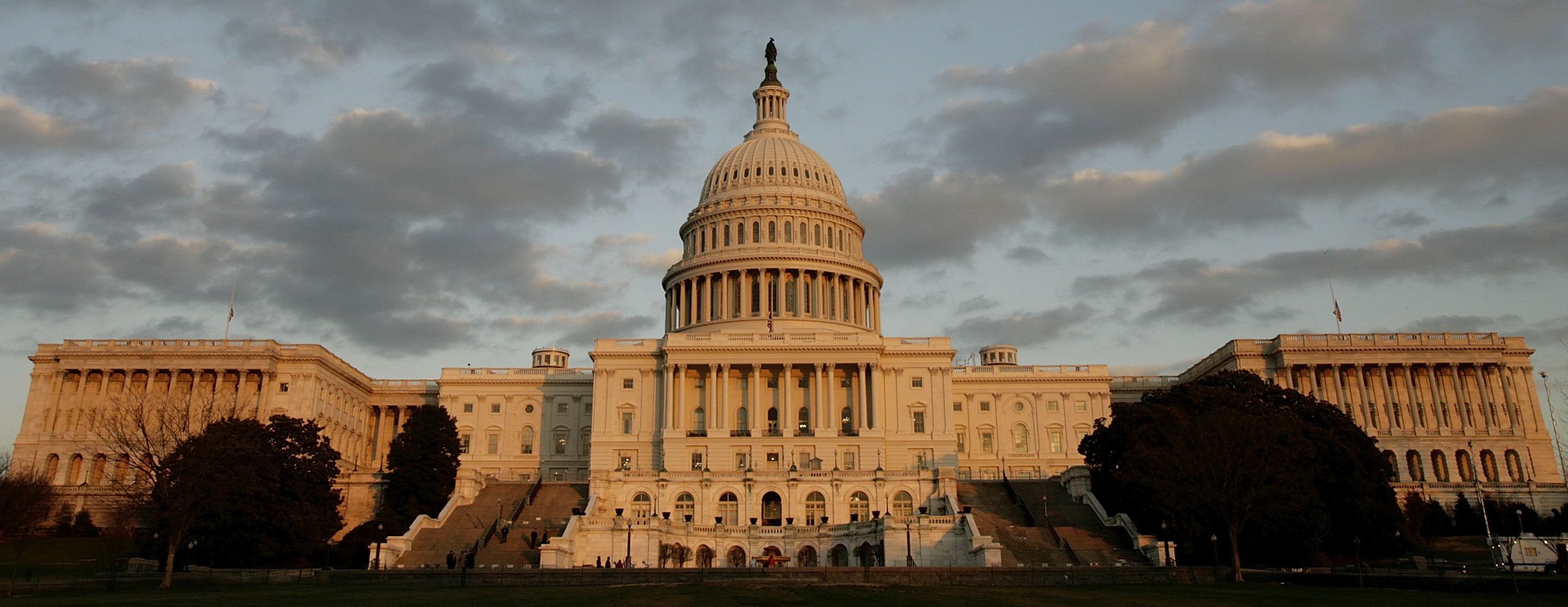
- Select a language for the TTS:
- UK English Female
- UK English Male
- US English Female
- US English Male
- Australian Female
- Australian Male
- Language selected: (auto detect) - EN
Play all audios:
This story is part of California Voices, a commentary forum aiming to broaden our understanding of the state and spotlight Californians directly impacted by policy or its absence. Learn more
here.
By any standard, California is experiencing one of its periodic droughts after two successive years of below-normal precipitation.
“We are now facing the reality that it will be a second dry year for California and that is having a significant impact on our water supply,” state water resources director Karla Nemeth said
in late March as the state reduced projected deliveries of water to 5% of requested demand.
The federal Bureau of Reclamation has also reduced its commitments to agricultural water agencies to a tiny percentage, reflecting the sobering fact that Northern California’s major
reservoirs, such as Shasta and Oroville, are only about half-full from two dry winters.
“There will be a bunch of annual crops that won’t get planted,” Ernest Conant, the bureau’s regional director, told the New York Times. “I hate doing this, but unfortunately, we just can’t
make it rain.”
The situation is roughly where it was six years ago when then-Gov. Jerry Brown declared a water emergency and ordered severe conservation measures.
“We are in a drought unlike one we’ve seen before, and we have to take actions that we haven’t taken before,” Felicia Marcus, chairwoman of the State Water Resources Board said at the time.
“We are not getting the level of effort that the situation clearly warrants.”
As the very dry 2020-21 winter drove home the reality of another drought, a group of state legislators last week sent a letter to Brown’s successor, Gavin Newsom, urging him to also declare
a drought emergency.
“This is the slowest, most foreseeable train wreck imaginable,” state Sen. Andreas Borgeas, a Fresno Republican who fostered the letter, said.
Newsom, however, is clearly reluctant to declare an emergency.
“We’re preparing to do many things as it relates to preparing ourselves for the reality formally of second drought conditions,” the governor responded. “As it relates to the specific
declaration of emergency which has all kinds of component parts, we are not prepared to do that at this moment.”
His response came as he announced an agreement with legislative leaders on appropriating more than a half-billion extra dollars to prepare for an expected surge in wildfires due to extremely
dry conditions.
His mention of “component parts” referred to the steps that might be taken after an emergency declaration, not only mandatory cutbacks in water use but a potential reallocation of scarce
water supplies.
Legislators from agricultural areas, such as Borgeas, reflect farmers’ preference for suspending rules governing state and federal diversions from the Sacramento-San Joaquin Delta so as to
provide more water for San Joaquin Valley farms and thus less for habitat protection in the Delta.
The possibility of suspending the Delta operational rules alarms environmentalists who have been sparring for decades with agricultural interests over how the estuary’s water is divvied up.
It is one of the potential political flashpoints of a drought emergency declaration and thus adds another factor in the recall election that Newsom almost certainly faces this year.
“The governor’s in a very tricky situation,” Darry Sragow, a veteran California Democratic strategist, told Politico. “While Newsom may be considering drought controls, I’m sure he’s hearing
voices telling him that Californians can only tolerate so much pain and suffering.”
While recent polling indicates that most California voters are not inclined to support Newsom’s recall now, its outcome will depend on their mood a half-year from now. With COVID-19 not yet
fully contained, with a sluggish economic recovery, with the looming threats of wildfires and power shortages and now with drought, Newsom will be traversing a field full of political
landmines.
We’re CalMatters, your nonprofit and nonpartisan news guide.
Our journalists are here to empower you and our mission continues to be essential.
But we can’t keep doing this without support from readers like you.
We love that you want to share our stories with your readers. Hundreds of publications republish our work on a regular basis.
All of the articles at CalMatters are available to republish for free, under the following conditions:
If you’d like to regularly republish our stories, we have some other options available. Contact us at [email protected] if you’re interested.
Have other questions or special requests? Or do you have a great story to share about the impact of one of our stories on your audience? We’d love to hear from you. Contact us at









